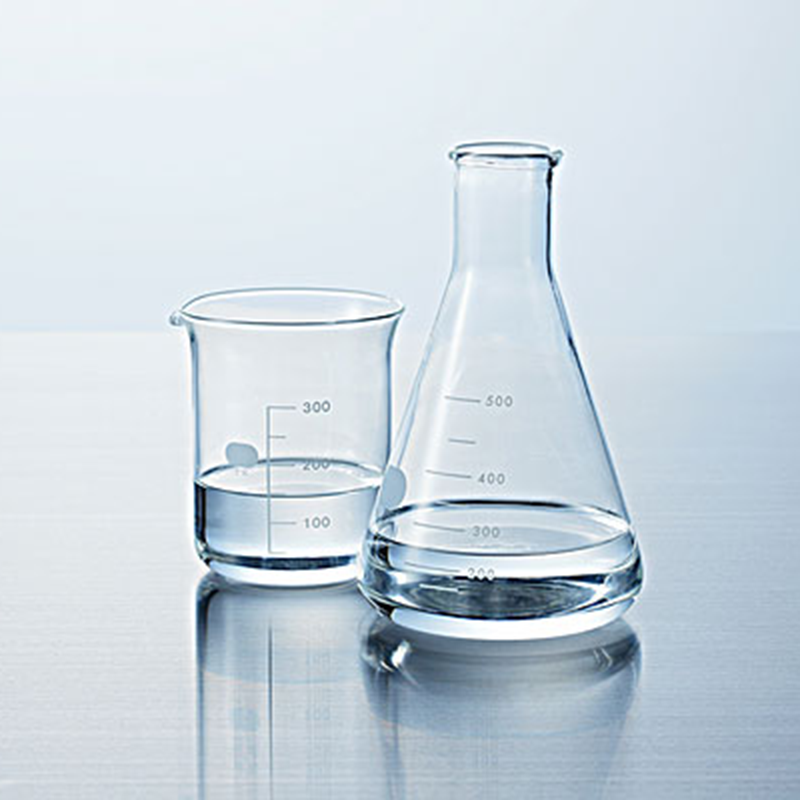
Dichloromethane
Key words:
Dichloromethane
Classification:
- Details
-
Dichloromethane is an organic compound with the chemical formula CH2Cl2. It is a colorless and transparent liquid with a pungent odor similar to ether. Slightly soluble in water, soluble in ethanol and ether, it is a non-flammable low-boiling solvent under normal conditions of use. When its vapor becomes a high concentration in high temperature air, it will generate a weakly burning mixed gas, which is often used to replace flammable petroleum ether, ether, etc.
purpose
1. It is used for grain fumigation and refrigeration of low pressure freezers and air conditioning units.
2. Used as solvent, extractant and mutagen.
3. Used in the electronics industry. Often used as a cleaning degreaser.
4. Used as dental local anesthetic, refrigerant, fire extinguishing agent, metal surface paint layer cleaning degreasing and film release agent.
5. Used as an intermediate in organic synthesis.
Emergency measures
Leak emergency treatment
Quickly evacuate personnel from the leaking contaminated area to the safe area, quarantine them, and strictly restrict access. Cut off the source of fire. It is recommended that emergency personnel wear self-contained positive pressure air respirators. And use restricted spaces such as sewers and flood drains.
Small leakage: adsorption or absorption with sand or other non-combustible materials.
Large number of leaks: build embankments or control pits for containment.
protective measures
Respiratory system protection: When the concentration in the air exceeds the standard, a direct gas mask (half mask) should be worn. In emergency rescue or evacuation, wear an air respirator.
Eye protection: If necessary, wear chemical safety glasses.
Body Protection: Wear anti-poison infiltration work clothes.
Hand Protection: Wear anti-chemical gloves.
Others: Smoking, eating and drinking are prohibited on the work site. After work, shower and change clothes. Store contaminated clothes separately and spare them after washing. Pay attention to personal hygiene.
First aid measures
Skin Contact: Remove contaminated clothing and rinse skin thoroughly with soapy water and water.
Eye Contact: Lift the eyelids and rinse with running water or normal saline. Seek medical attention.
Inhalation: Quickly leave the scene to a place with fresh air. Keep the airway unobstructed. If breathing difficulties, give oxygen. If breathing stops, give artificial respiration immediately. Seek medical attention.
Ingestion: If the patient is about to lose consciousness, has lost consciousness, or has convulsions, do not feed anything through the mouth. Do not induce vomiting. Drink 250 ml of water to dilute the contents of the stomach. If the patient vomits spontaneously, lean forward to reduce the risk of inhalation, and reverse the administration of water. If breathing stops, artificial respiration is immediately administered by a trained person, and cardiopulmonary resuscitation is performed for cardiac arrest. Quickly send the patient to an emergency medical unit. Drink plenty of warm water, induce vomiting, and seek medical attention.
Fire fighting measures
Fire extinguishing method: mist water, sand, foam, carbon dioxide. Fire extinguishing measures, applicable fire extinguishing agents: chemical dry powder, foam, carbon dioxide, water mist
Special hazards that may be encountered during fire extinguishing: if it exceeds 120 degrees, its vapor is flammable; toxic gases will decompose during fire and are dangerous.
Operation, disposal and storage
Operating Precautions: Avoid droplets during operation and wear appropriate personal protective equipment. Avoid letting released vapors and droplets into the air in the work area. Operate in well-ventilated specific areas and use minimal amounts. Emergency equipment must be readily available to extinguish fires and deal with leaks. Empty storage containers may still contain hazardous residues. Do not operate this near welds, flames or hot surfaces.
Storage Precautions: Store in a cool, dry, well-ventilated and out-of-direct sunlight place. Store away from heat sources, flames and incompatible substances such as strong oxidants, strong acids, and nitric acid. Store in appropriate labeled containers. Unused containers and empty barrels should be tightly covered. Avoid damage to containers and regularly check barrels for defects such as breakages or spills. Containers are galvanized or lined with Phenolic synthetic resin to reduce the possibility of decomposition of dichloromethane. Limited storage. Post warning signs in appropriate places. Storage areas should be separated from work areas with dense staff and restricted access to the area. Use plastic water pipes that are specified for use with substances to unload toxins. Substances may accumulate static electricity and may cause combustion. Store in a cool, dry, well ventilated place out of direct sunlight.
Packaging and transportation: sealed packaging in galvanized iron drums, 250kg per barrel, can be transported by train tankers and cars. It should be stored in a cold, dry, well-ventilated place, and pay attention to moisture-proof.
Leave A Message
More Products





